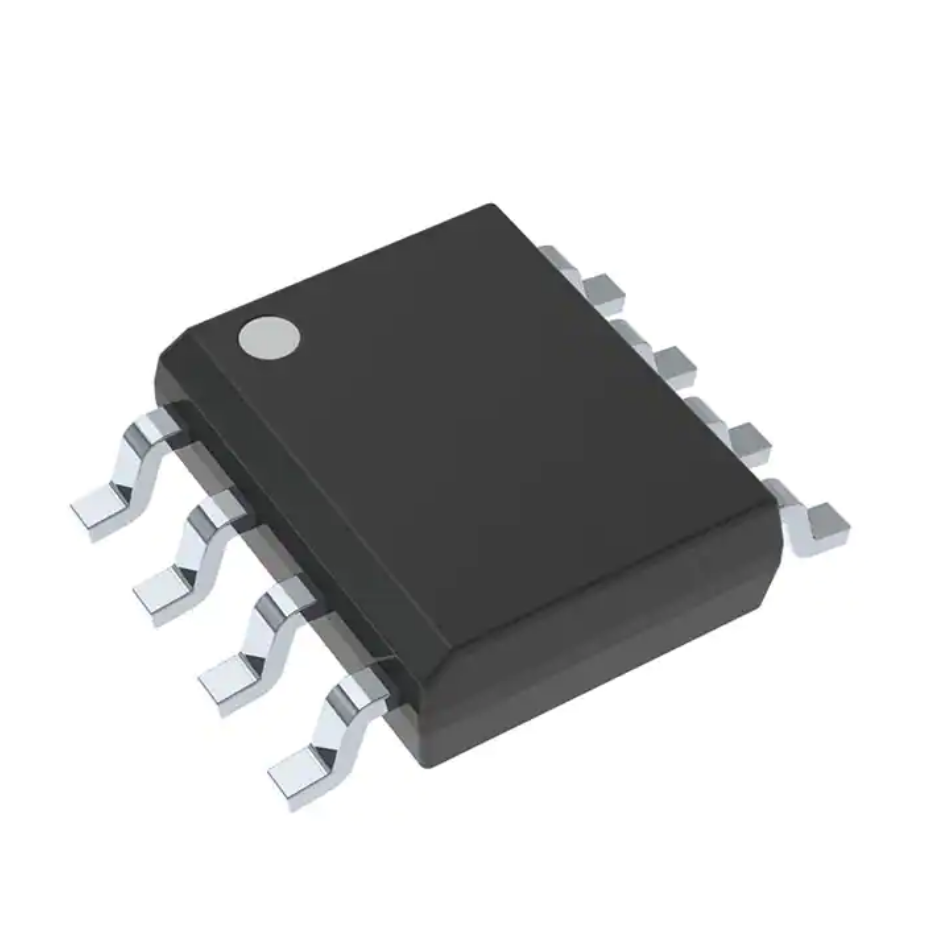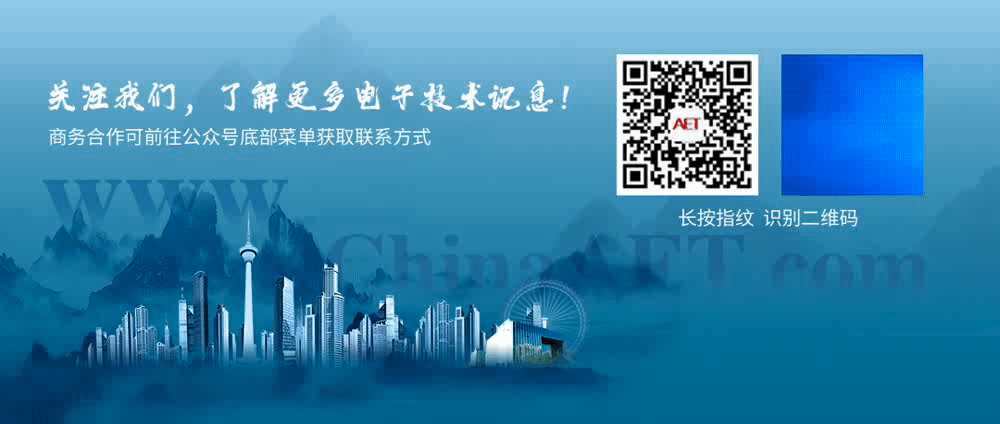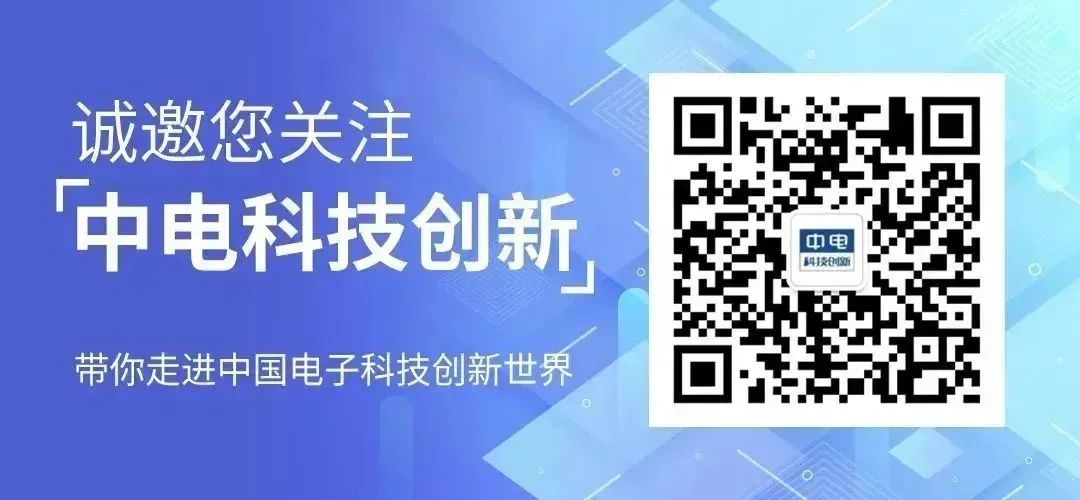
-
The Popularity Of IoT (Internet Of Things) And Wearable Devices As the number of connected devices continues to grow, the demand for efficient and compact power management solutions also increases. PMICs are crucial for ensuring reliable power delivery and extending the battery life of these devices. -
Technological Advancements In Consumer Electronics Consumer devices such as smartphones, tablets, and laptops require more powerful and energy-efficient components. PMICs are essential for managing the power of these devices, ensuring optimal performance and longer battery life.
Enhancing Efficiency
Improving Reliability
Reducing TTM
Reference Link



